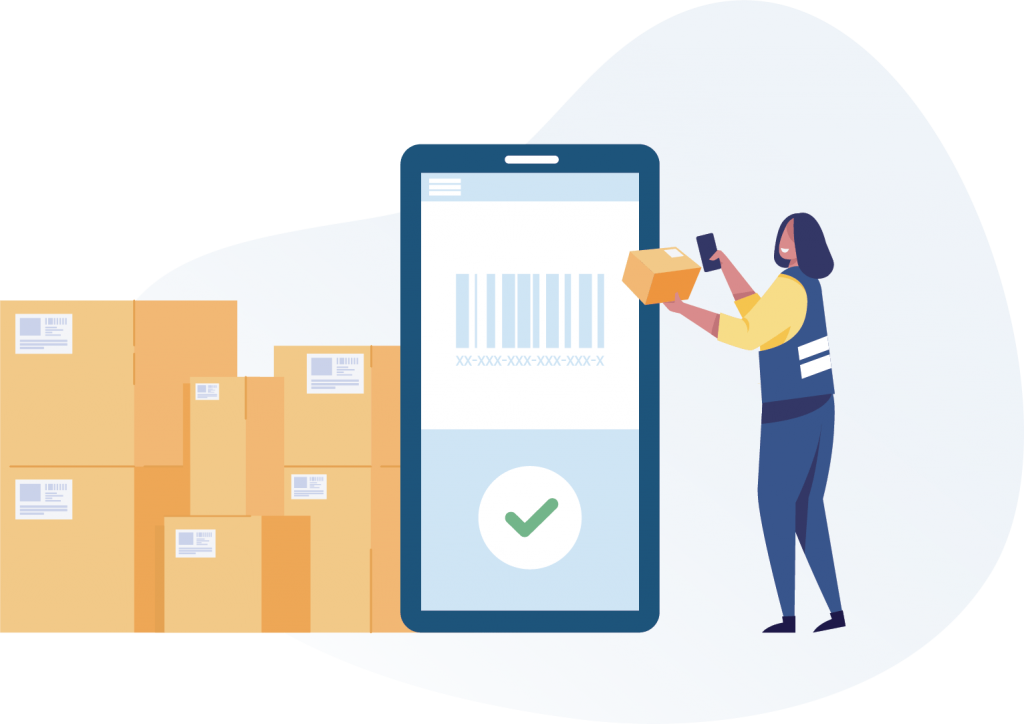TIPS AND TRICKS
Getting Started with FBA
1. Research and plan:
- Conduct in-depth market research: Identify product trends, demand patterns, and potential gaps in the market. Look for products with steady demand and manageable competition.
- Validate product ideas: Utilize tools like Helium 10 to gather data on sales volume, competition, and estimated revenue for specific products.
- Consider sourcing options: Explore different sourcing methods such as wholesale, private label, or manufacturing your own products. Evaluate the pros and cons of each option.
2. Set up an Amazon seller account:
- Register on Amazon Seller Central: Go to the Amazon Seller Central website and follow the step-by-step registration process.
- Choose a business structure: Decide whether you want to operate as an individual or a registered business entity. Consult with legal and tax professionals to determine the best option for your circumstances.
3. Source and prepare your products:
- Supplier research and negotiation: Identify potential suppliers through online directories, trade shows, or Alibaba. Request samples and evaluate their quality, reliability, and pricing. Negotiate terms and secure favorable pricing and shipping arrangements.
- Customization and branding: If applicable, work with manufacturers to customize your products or create private label branding. This can help differentiate your products and build brand recognition.
- Quality control: Implement quality control measures to ensure that your products meet the required standards and customer expectations. Conduct regular inspections or hire a third-party inspection service if necessary.
4. Create compelling product listings:
- Keyword research: Use a tool like Google Keyword Planner to identify relevant and high-volume keywords that customers use when searching for products similar to yours.
- Optimize product titles and descriptions: Craft keyword-rich titles that accurately describe your product. Write compelling and informative product descriptions that highlight the features, benefits, and unique selling points.
- Enhanced Brand Content (EBC) and A+ Content: Leverage EBC or A+ Content (available to registered brands) to create visually appealing and informative product pages. Use additional images, infographics, and storytelling to engage customers.
5. Choose FBA for fulfillment:
- FBA enrollment: Enroll your products in the FBA program through Seller Central. Set the fulfillment method to “Fulfillment by Amazon” for each product.
- Inventory planning: Determine the quantity of inventory you need to send to Amazon based on anticipated sales volume, seasonality, and lead times. Use an inventory tool like ForecastRx to optimize your inventory levels at both FBA and your local warehouse(s).
- FBA product preparation: Follow Amazon’s guidelines for packaging, labeling, and shipping. Ensure that your products are properly packaged and labeled with Amazon’s FNSKU barcode to enable accurate tracking and identification.
6. Ship your inventory to Amazon:
- Shipping plan creation: In Seller Central, create a shipping plan for your inventory. Specify the quantities, box contents, and shipping method for each shipment.
- Prepare for shipping: Consolidate your products and prepare them for shipping. Use appropriate packaging materials, such as boxes, bubble wrap, or polybags, to protect your items during transit.
- Shipping carrier selection: Choose a shipping carrier that offers reliable service and competitive rates. Consider using Amazon’s partnered carriers for discounted shipping rates or arrange your own shipping with trusted carriers.
7. Monitor your inventory and sales performance:
- Inventory management: Regularly track your inventory levels through RestockAMZ. Set up targeted days of inventory to maintain an optimal inventory level.
- A picture containing text, screenshot, font, line
- Description automatically generated
- Sales performance analysis: Utilize ForecastRx to monitor your performance. Identify top-selling products, profit margins, and trends. Leverage this data to make informed decisions on pricing, promotions, and inventory restocking.
8. Optimize your product listings and marketing strategies:
- Listing optimization: Continuously optimize your product listings based on customer feedback, keyword performance, and competition. A/B test different titles, images, and product descriptions to improve conversion rates.
- Sponsored product advertising: Utilize Amazon’s advertising platform, Amazon Advertising, to run sponsored product campaigns. Set targeted keywords, bid amounts, and daily budgets to increase visibility and drive sales.
- Social media and influencer marketing: Leverage social media platforms and collaborate with relevant influencers to promote your products. Engage with your target audience through compelling content and build a loyal customer base.
9. Provide excellent customer service:
- Order fulfillment and shipping: Ensure prompt and accurate order fulfillment to maintain customer satisfaction. Monitor orders regularly and resolve any issues or inquiries promptly.
- Customer feedback management: Encourage customers to leave reviews and respond to their feedback, whether positive or negative. Address customer concerns and resolve any issues professionally to maintain a positive brand image.
10. Expand and scale your business:
- Expand product offerings: Continuously research and identify new product opportunities within your niche or explore complementary product categories. Introduce new products to diversify your revenue streams.
- International expansion: Consider expanding your reach by selling on Amazon’s international marketplaces. Evaluate market demand, shipping logistics, and language requirements for each marketplace.
- Brand building and off-Amazon channels: Establish your brand presence beyond Amazon by creating a website, leveraging social media, or exploring other e-commerce platforms like Shopify. Build customer loyalty and brand recognition.
Remember, adapting your strategies based on market trends and customer feedback is essential for long-term success. Regularly monitor industry developments, Amazon policy changes, and customer preferences to stay ahead of the competition and optimize your FBA business.
